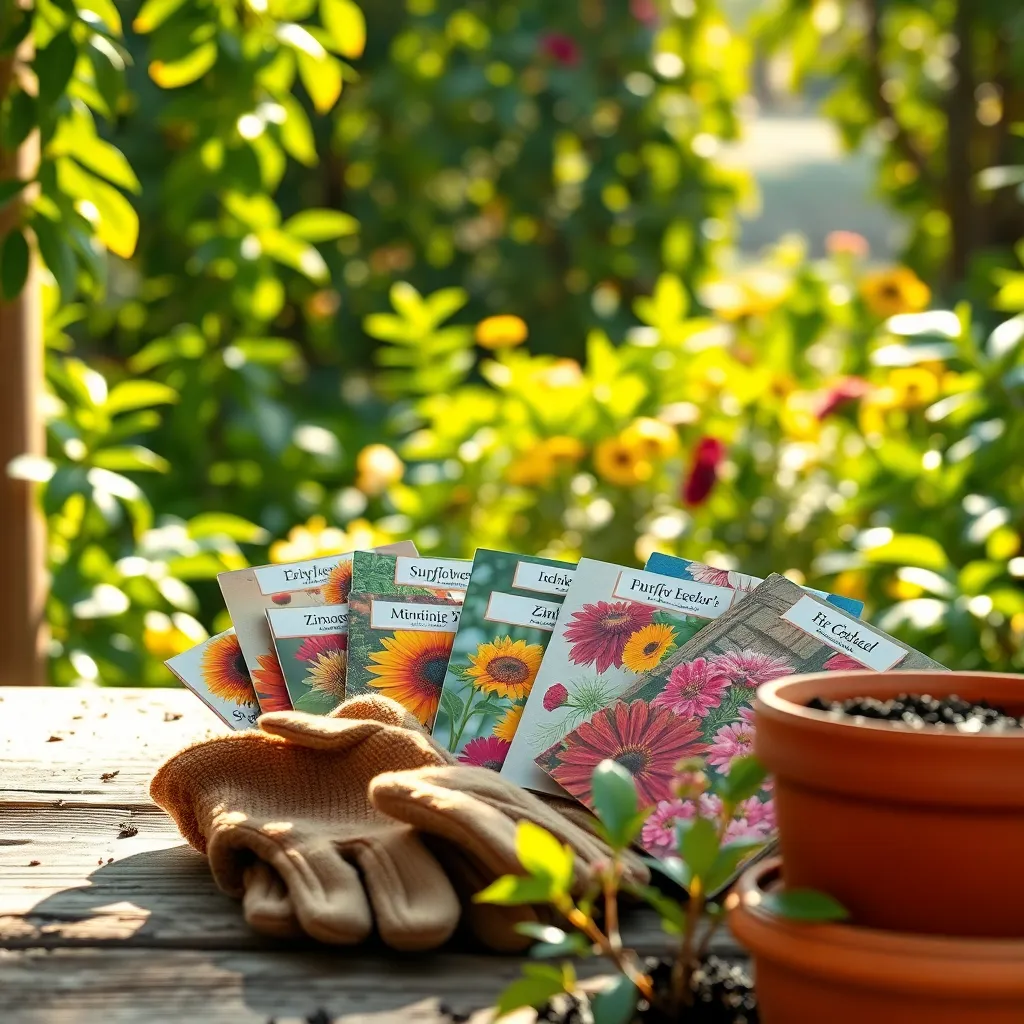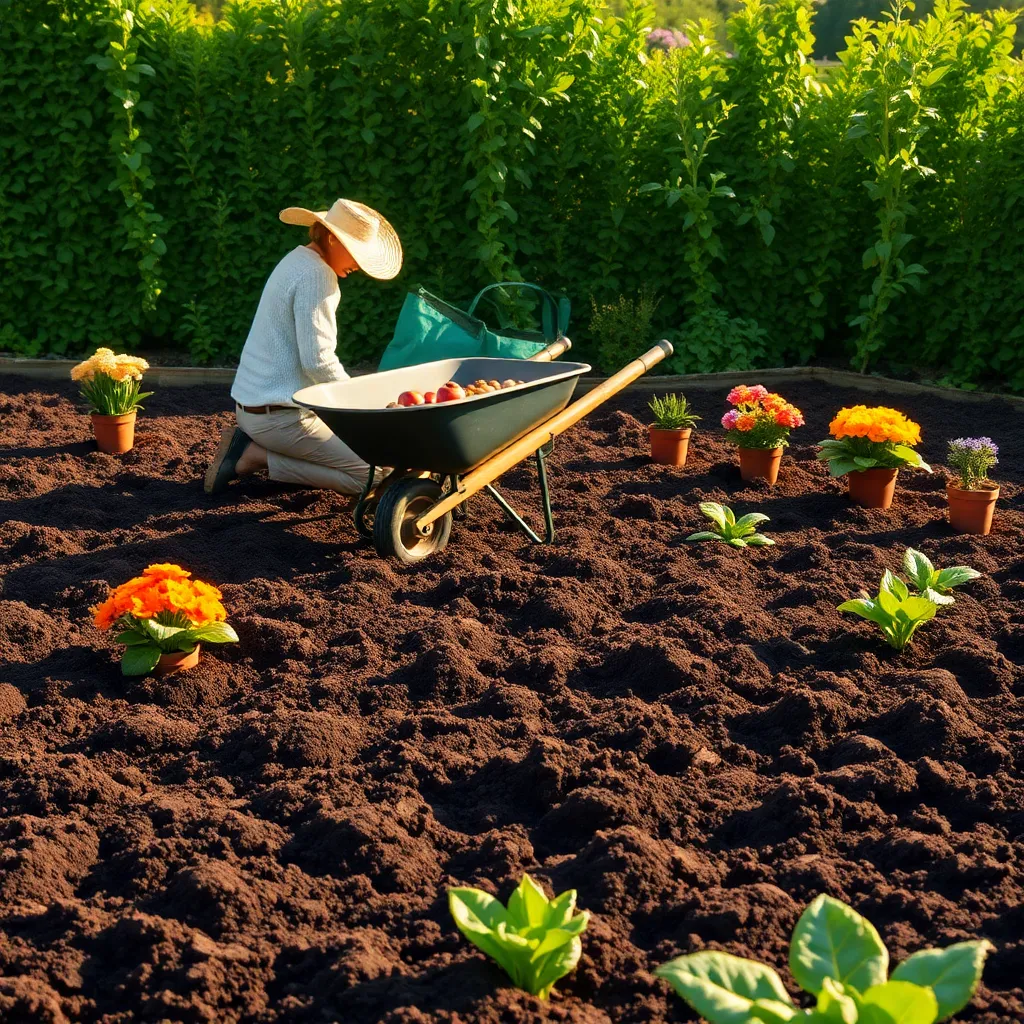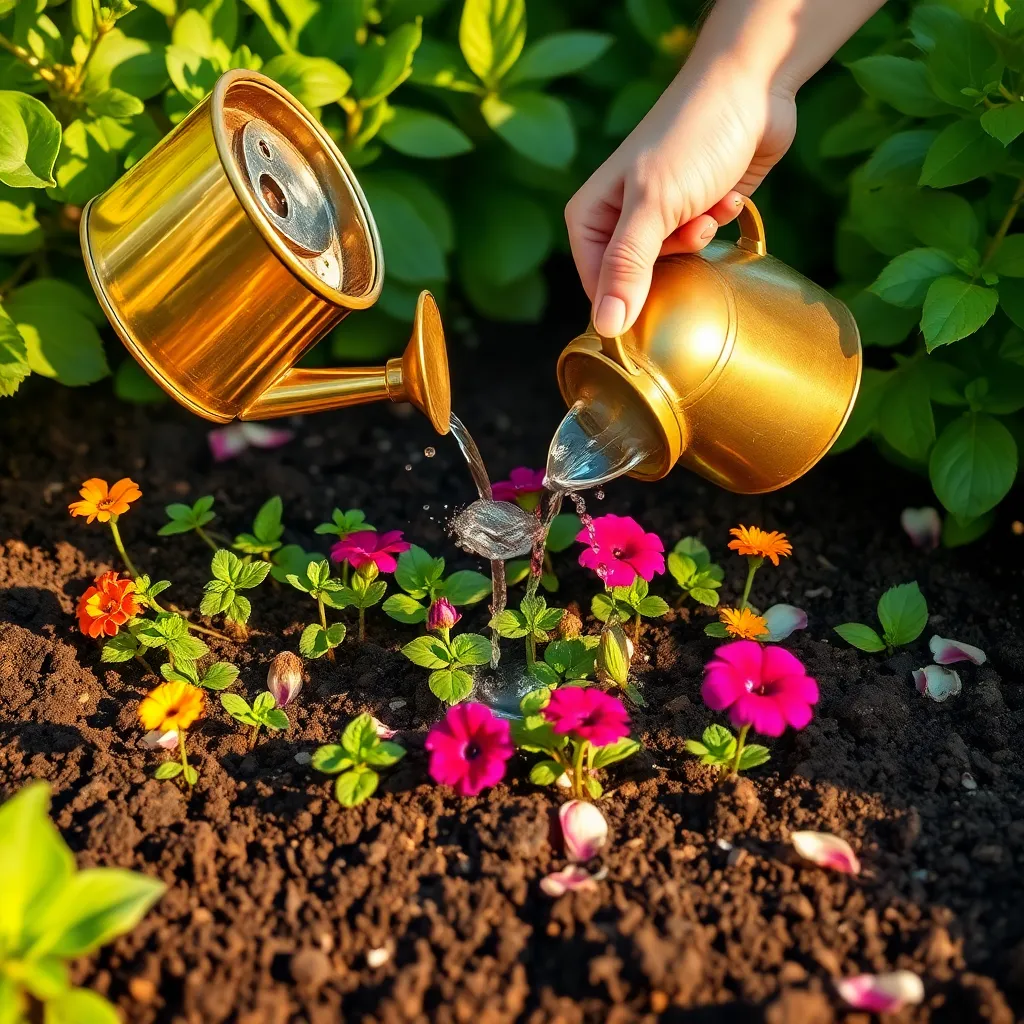As winter’s chill begins its gentle retreat, the promise of spring beckons us outdoors, inviting both novice and seasoned gardeners alike to don their gloves and cultivate vibrant floral displays. Planting flowers for spring is not just an opportunity to beautify your garden; it’s a chance to connect with nature’s rhythm and witness the awakening of life after months of dormancy. Whether you’re just starting your gardening journey or have a well-worn trowel by your side, understanding the nuances of spring planting can transform your garden into a canvas of color and fragrance.
In this article, you’ll discover the secrets to choosing the right flowers that will flourish in your local climate, ensuring a garden that thrives rather than merely survives. We’ll guide you through the process of preparing your soil, selecting the best planting sites, and establishing a care routine that will make your blooms the envy of the neighborhood. Embrace this season with renewed enthusiasm, armed with the knowledge to nurture your garden into a flourishing paradise. By the end, you’ll not only have a garden bursting with life but also a deeper appreciation for the art and science behind planting flowers for spring.
Select Suitable Spring Flower Seeds

Choosing the right spring flower seeds is the first step to a vibrant garden. For beginners, consider starting with easy-to-grow options like marigolds, zinnias, and cosmos, which are forgiving and flourish in various environments.
Experienced gardeners might want to experiment with more delicate and unique varieties such as larkspur or sweet peas. These plants thrive in well-draining soil with consistent moisture, and they often benefit from a layer of mulch to retain moisture.
Ensure you understand the sunlight requirements of each flower species. Most spring flowers like full sun, but some, like forget-me-nots and primroses, prefer partial shade, making them ideal for less sunny spots in your garden.
Before sowing, amend your soil with organic matter to improve fertility and drainage. A simple mix of compost and sand can work wonders, providing a fertile and well-aerated environment that promotes healthy root development.
For a continuous bloom, consider staggering your planting times or choosing varieties with different blooming periods. This approach ensures that you have color and life in your garden throughout the entire spring season, creating a dynamic and ever-changing display.
Prepare Well-Draining Garden Soil

To ensure your spring flowers thrive, it’s vital to prepare well-draining garden soil. Start by assessing your garden’s current soil composition, which you can do by feeling its texture—sandy soils tend to be gritty, while clay soils are sticky and dense.
Enhancing drainage involves improving soil structure, which can be achieved by incorporating organic matter. Add compost, well-rotted manure, or peat moss to your soil to increase its ability to retain moisture while allowing excess water to escape easily.
For those dealing with heavy clay soils, consider working in some coarse sand or fine gravel to increase porosity. Be mindful not to use builder’s sand, as it can compact and worsen drainage issues rather than alleviate them.
Regularly turning the soil with a garden fork or tiller will also help, as it aerates the soil and improves drainage. This practice is especially beneficial in early spring, as it prepares the soil to receive both seeds and young plants when the temperatures rise.
Sow Seeds at Recommended Depth

Sowing seeds at the recommended depth is crucial for successful germination and growth. The general rule of thumb is to plant seeds at a depth that is twice their diameter, but always check the specific requirements on the seed packet for best results.
For small seeds like those of poppies or snapdragons, simply press them lightly into the soil’s surface. Larger seeds, such as sunflowers or sweet peas, should be planted deeper, typically around 1 to 2 inches into the soil.
Properly preparing the soil before planting will aid in achieving the correct depth. Use a stick or a dibber to make small holes at the desired depth, ensuring uniform planting across your garden bed.
It’s important to maintain consistent moisture levels in the soil after sowing the seeds. Water gently to avoid displacing the seeds, using a fine mist nozzle or a watering can with a rose attachment for even distribution.
Experienced gardeners might experiment with seed tape to ensure even spacing and depth, especially for small seeds. This method can be particularly useful in windy areas where seeds can easily be disturbed.
For those in regions with heavy clay or sandy soils, consider amending the soil with organic matter to help maintain the correct planting depth and moisture levels. This will also improve germination rates and overall plant health.
Water Gently to Establish Roots

After sowing your seeds at the recommended depth, it’s crucial to water gently to help establish strong roots. Use a watering can with a fine rose to avoid disturbing the soil or displacing the seeds; this ensures the moisture is evenly distributed across your planting area.
Consistent moisture is vital, especially in the early stages of growth. Aim to keep the top inch of soil consistently damp but not waterlogged, as overly wet conditions can lead to root rot.
For beginners, it’s helpful to check the soil moisture by sticking your finger about an inch into the soil. If it feels dry, it’s time to water, but if it’s still moist, wait a day or two before checking again to avoid overwatering.
Experienced gardeners often use a layer of mulch to help retain soil moisture and reduce the frequency of watering. Organic mulches like straw or shredded bark can also provide additional nutrients as they break down, benefitting the overall health of your plants.
Consider the specific water needs of the flowers you are planting. Some species, like lavender, prefer drier conditions, while others, like impatiens, thrive with more moisture, requiring a tailored approach to watering.
Adjust watering frequency based on weather conditions; increase watering during hot, dry spells and reduce it during cooler, wetter periods. This adaptable approach helps you cater to the dynamic needs of your garden, leading to healthier and more resilient plants.
Monitor Growth and Add Mulch

Regularly monitoring the growth of your flowers is essential to ensure they are thriving. Pay close attention to any changes in leaf color, wilting, or stunted growth, as these could indicate issues with water, pests, or nutrients.
Consider maintaining a gardening journal to track the progress of your plants. Recording observations will help you identify patterns and make adjustments to your care routine as needed.
Adding mulch is a simple yet effective way to support your flower beds. Mulch helps to retain moisture in the soil, suppress weeds, and regulate soil temperature, which is especially beneficial during the fluctuating temperatures of spring.
Choose organic mulches such as shredded bark, straw, or compost, which will also enrich the soil as they break down. Apply a layer of about 2-3 inches around your plants, making sure to keep it away from direct contact with the stems to prevent rot.
For those with more experience, consider using a living mulch like clover, which can naturally improve soil health and attract beneficial insects. This technique not only enhances the beauty of your garden but also contributes to a sustainable gardening practice.
Conclusion: Growing Success with These Plants
As we’ve explored in ‘How to Plant Flowers for Spring’, nurturing relationships is much like tending a garden. First, we recognized the importance of preparing the soil, symbolizing a strong foundation of trust and communication. Next, we discussed the art of choosing the right seeds, akin to understanding each other’s needs and aspirations. We then delved into the significance of regular watering and sunlight, mirroring consistent love and attention. The fourth concept emphasized the necessity of pruning, which reflects the courage to address issues and foster growth. Lastly, we highlighted the joy of watching your garden bloom, much like celebrating shared milestones.
To put these insights into action, take a moment today to express appreciation to your partner, nurturing the soil of your relationship. Remember, relationships thrive with consistent care and attention. Bookmark this article as a trusty guide for when you need a gentle reminder of these nurturing principles.
Embracing these practices can lead to a flourishing relationship garden, blooming with happiness and resilience. Here’s to your journey of love and growth—may it be as vibrant and fulfilling as a spring garden in full bloom.
